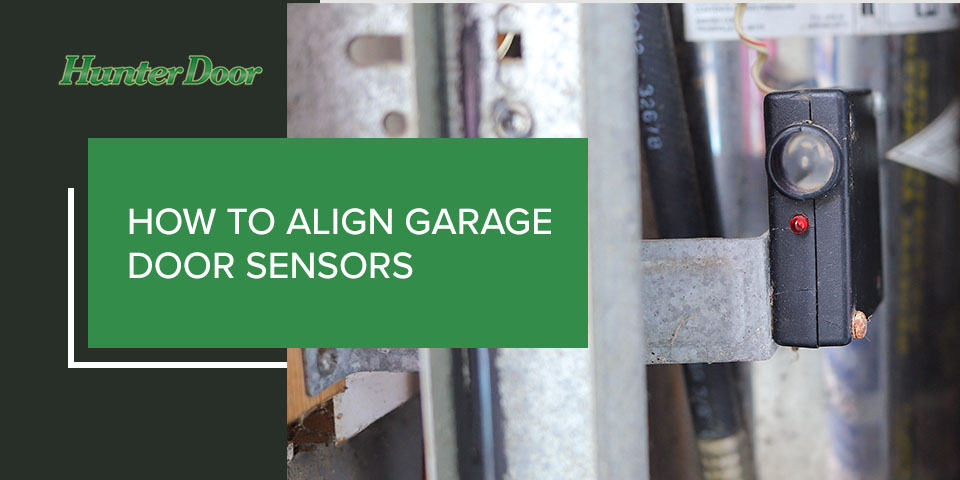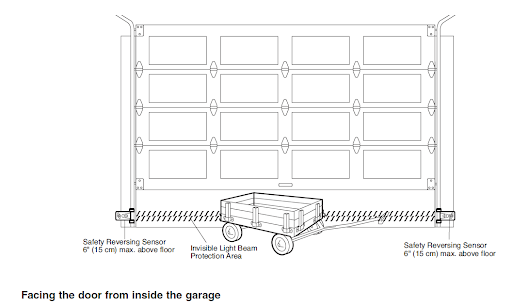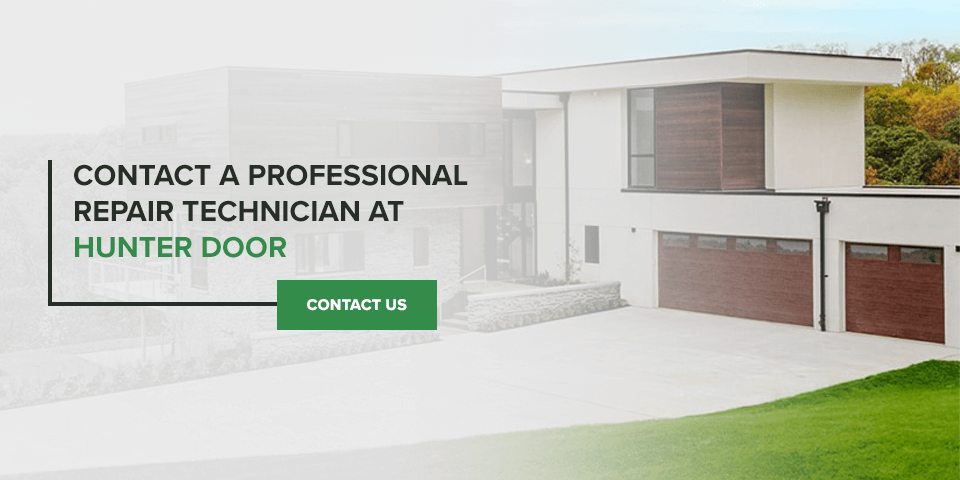
How to Align Garage Door Sensors
Your garage door plays a vital role in securing your home — faulty parts can cause operational issues including damage to the garage door or garage door opener and even personal injury. A properly functioning garage door and garage door opener provide convenience as an alternate entryway into your home and protect your vehicle and other stored belongings. An important component of garage door openers is the safety sensors that are found near the bottom on both sides of the garage door tracks.
If you ever experience any issues or your garage door sensors are not working, the alignment may very well be the cause. This guide will help by providing steps on how to realign garage door sensors and answer a few commonly asked questions about them.
Steps to Align Your Garage Door Opener Sensors
Whether your garage door opener is LiftMaster or Genie, the safety sensors need to be properly aligned and functioning for the garage door and opener to work properly. For most units, if there’s a sensor issue, the automatic opener light will flash to let you know and the door will not be able to close from the remote control. Here’s how you can realign your Liftmaster garage door’s safety reversing sensors.
1. Locate the Safety Sensors
You can find the sensors by going to a location no higher than 6” off the floor on or next to the garage door tracks. Each sensor will have an LED indicator – the indicator light may be green, red or orange. Regardless of color, the indicator light should be on and constant; if the indicator light is off, dim or flickering, adjustment will be required.
2. Review Sensor Position
The safety sensors should be positioned no higher than 6” off the floor. Make sure the sensors on each side of the door are at the same height. If they are not, the bracket may have been bumped by activities in the garage. Set the brackets at the same height as the first course of action to align the garage door opener safety sensors. Some brackets clip to the garage door track and can be popped off the track and popped back on, or even slid up or down the track. Other sensor brackets may be permanently secured and can be twisted back to align the sensors.
3. Loosen the Sensor Wing Nut
Ensure the sensors are at the same height — if the sensors are not aligned then additional adjustment is needed. Some manufacturers will secure the sensor to the sensor bracket with a wing nut while other manufacturers will have the sensor permanently affixed to the bracket.
If there is a wing nut, loosen the wing nut by turning it counterclockwise and gently moving the sensor around in its loose position in the bracket. If the sensor does not have a wing nut but rather a permanent bracket then gently bending the bracket may be needed to align the sensors.
4. Check That the LED Light Stays On
If you’ve aligned the sensors correctly, the LED light will stay on without issue. If your sensors have the wing nut set up, then the last step would be to tighten the wing nut to secure the receiving sensor.
5. Identify the Flashing Light Signals
If loosening the wing nut or adjusting the sensor bracket has not solved the issue, the next step is to check the garage door opener’s diagnostics.
Depending on the model, your LiftMaster garage door opener will signal that something’s wrong by its self-diagnostic lights. On a LiftMaster Security+ 2.0 model, the up and down adjustment arrows located behind the light lens housing will flash up and down respectively. Understanding these self-diagnostic cues will help you diagnose problems with your garage door opener and sensors in the future. Misaligned or obstructed sensors will flash in the following way:
- Up arrow: Four times
- Down arrow: Six times
On other models, the learn button LED will flash 4 times every 10 seconds to signal a misaligned or obstructed sensor.
6. Test the Safety Reversing System
After any adjustments to your garage door opener, be sure to test the safety reversal mechanism to prevent injury. A properly functioning safety reversal mechanism should reverse on contact with objects 1.5″ in height. This can easily be tested by placing a 2×4 on your garage floor and closing your door. If you experience any issues, contact a certified technician.

Garage Door Sensor FAQs
Now that you’re equipped with knowledge on realigning your garage door sensors, you might have other questions you’d like answered relating to the topic. Below are a few of the most common questions and answers.
What Are Garage Door Sensors?
Garage door sensors are components that form part of the garage door opener unit. They work in conjunction by sending signals that alert the opener of obstructions or issues with the sensors, which in turn will prompt the opener to react accordingly. For example, if the sensors are misaligned, the garage door opener won’t receive the necessary instructions to close properly. Or, if there’s an obstruction, the garage door opener won’t close the door until the obstruction is removed.
The main sensor parts include:
- Two sensors with internal infrared beams
- Sensor brackets to keep them in place
- Screws or wing nuts to secure each sensor
- Wiring to connect the sensors to the opener and power supply
The yellow or orange sending sensor signals the green receiving sensor through a connecting infrared beam. Once they meet, the opener will perform its function to close the garage door. The sending sensor is also called the transmitting sensor because it transmits the beam to the receiving sensor.
How to Diagnose a Misaligned Sensor
Typically, a sensor is misaligned if the green receiver light flickers instead of staying on. The garage door opener arrow will flash up four times and down six times to signal this issue.
What Causes Misaligned Sensors?
There are a few reasons the sensors could be misaligned. They include:
- Dusty or dirty sensor lenses
- The sensors were knocked out of place by a person or object
- Both sensor heights are not aligned, where one is higher or lower than the other
- The mountings are damaged
- They were installed incorrectly
Let Hunter Door Sort Out Your Garage Door Issues
Knowing how to line up garage door sensors is fairly easy, but if you’re ever stuck, give us a call. Hunter Door has more than 50 years of experience, so we know our clients and what it takes to keep them happy. Our highly skilled service technicians deliver the best quality service with a smile and are always eager and ready to assist.
Whether you’re having issues with your garage door opener, sensors or anything else or you’re upgrading your garage entirely, let us know. Contact us to request an estimate today.

